Planning a Styled Shoot as a Photographer
A styled shoot is more than just a curated collection of pretty things. It’s a visual love letter to your imagination. It’s where your creativity runs wild, your storytelling instincts sharpen, and your ability to direct, curate, and collaborate truly come to life. Whether you’re a photographer building your editorial portfolio, a florist experimenting with a new color palette, or a designer seeking to showcase your artistry, styled shoots offer a playground for growth and connection.
But beautiful imagery doesn’t happen by accident. Behind every ethereal photo lies hours of planning, coordination, and intention. So, where do you begin?
Let’s break it down, step by step, from inspiration to execution.
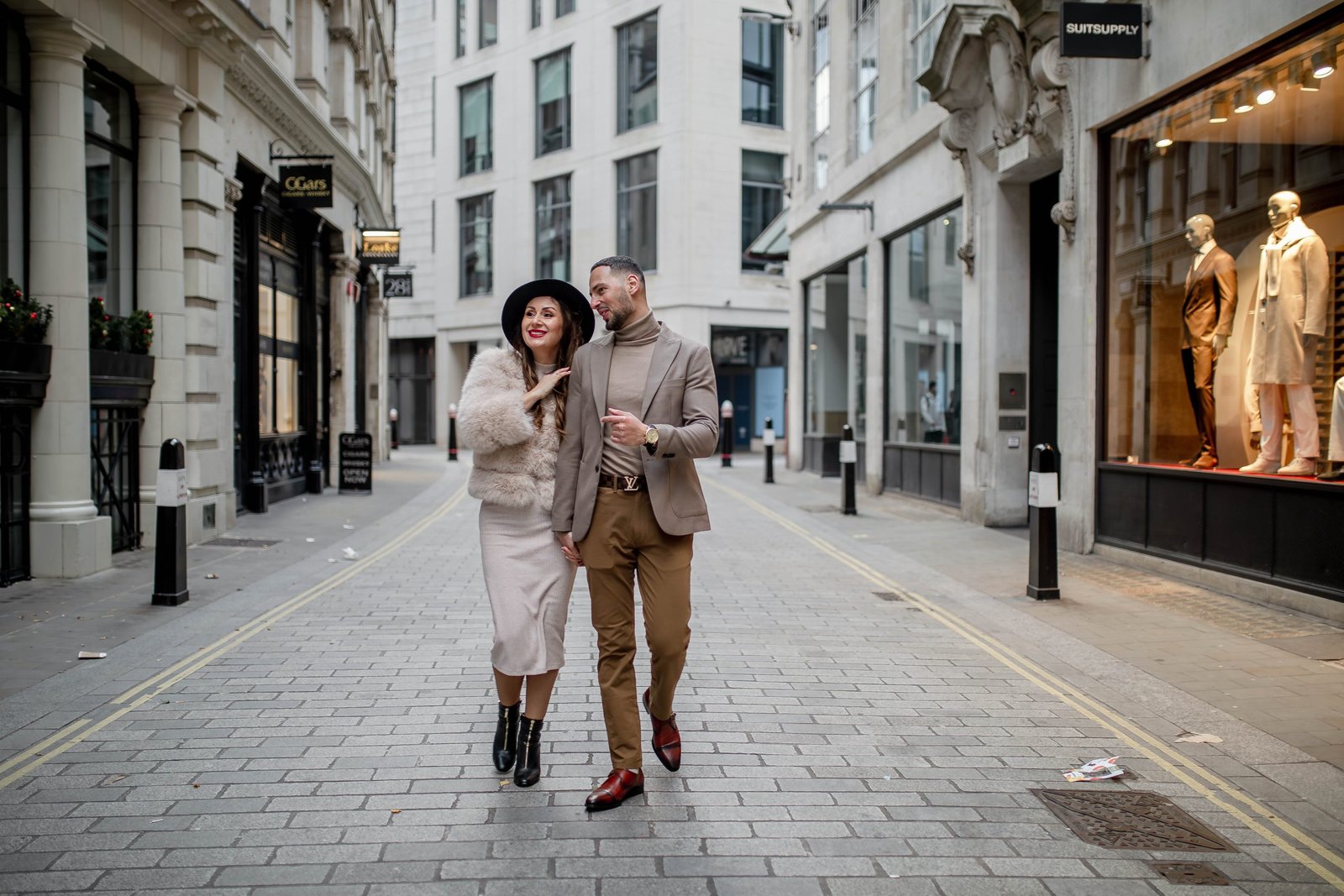
1. Start With the Story
Every great styled shoot begins with a story. Not necessarily a literal narrative, but an emotional thread. What do you want your viewer to feel when they see the images?
Ask yourself:
- Is this a celebration of movement, light, or stillness?
- Are you recreating a vintage editorial, a moody elopement in the woods, or a whimsical spring vow renewal?
- Does the story live in the location, the textures, or the emotion between your models?
Styled shoots are your chance to explore themes you may not get to document during real client work. Channel that untold visual poem you’ve been itching to bring to life.
“Don’t just plan a shoot. Design a scene that breathes.”
—Every good editorial photographer, ever
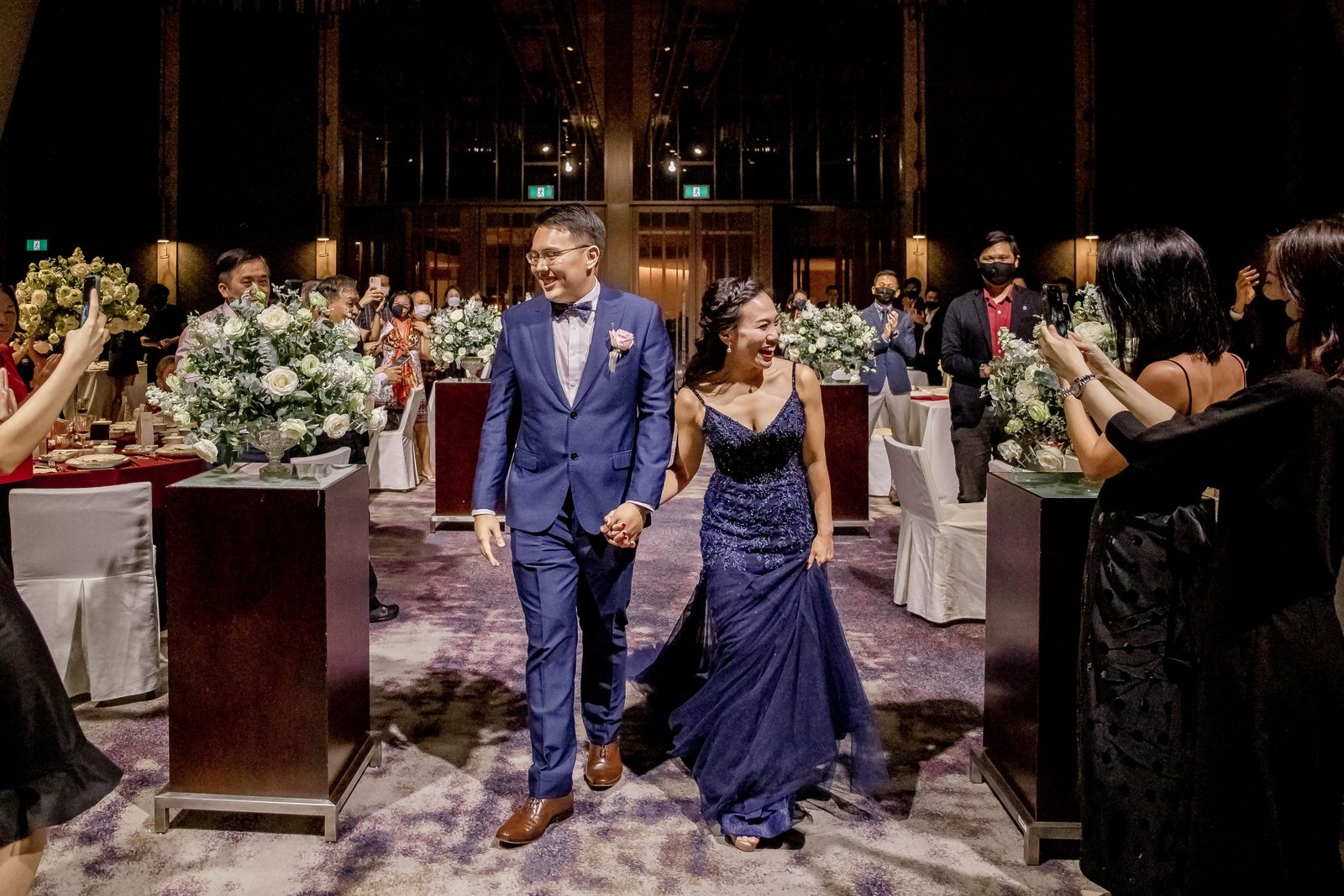
2. Choose a Theme That Sparks
Think of your theme as your creative compass. It will guide every decision, from venue to wardrobe to color grading. Some ideas come naturally, others take shape over time.
Themes can be sparked by:
- A color story (terracotta and olive for desert romance)
- A location (abandoned chapel, rooftop greenhouse, seaside cliffs)
- A concept or mood (decadence in decay, soft surrealism, lunar nostalgia)
- A cultural motif (Peranakan luxe, French château elegance, boho-Indian bridal fusion)
Choose a theme you feel emotionally drawn to. If it doesn’t excite you, it won’t translate powerfully through your lens.
About
Hi, I’m Nitisha. I grew up in a world that told me to follow the script, but somewhere along the way I traded the script for a compass. These days, I follow where my feet and heart lead, from sleepy towns to saltwater coves, capturing stories that feel like home even when I’m far from it.
Download Your Free
Solo Travel Guide now!
Complete Guide
Keep Calm,
Tie
the Knot
Complete Guide
Related Posts

8 Essential Wedding Moments to Capture
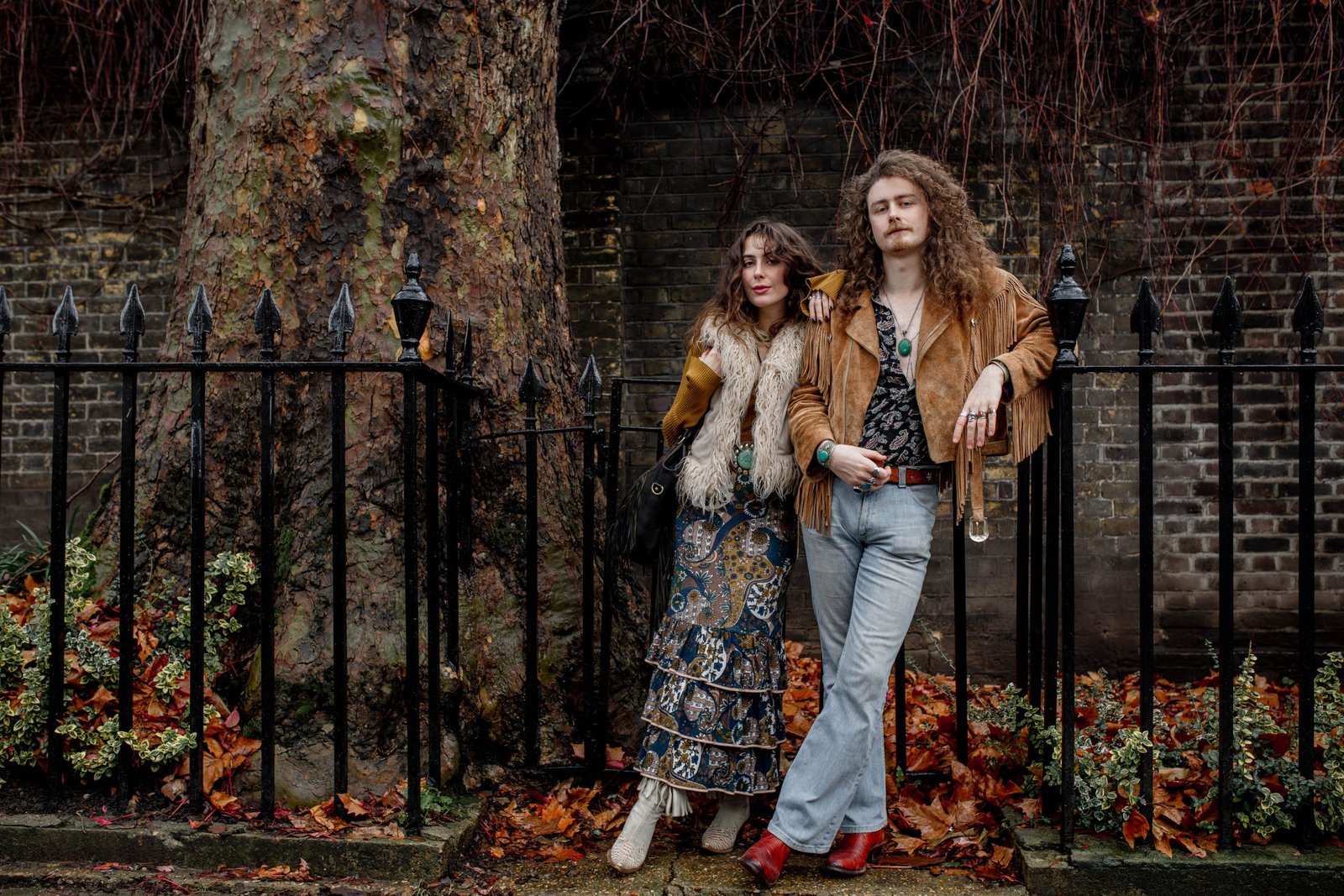
8 Essential Wedding Moments to Capture
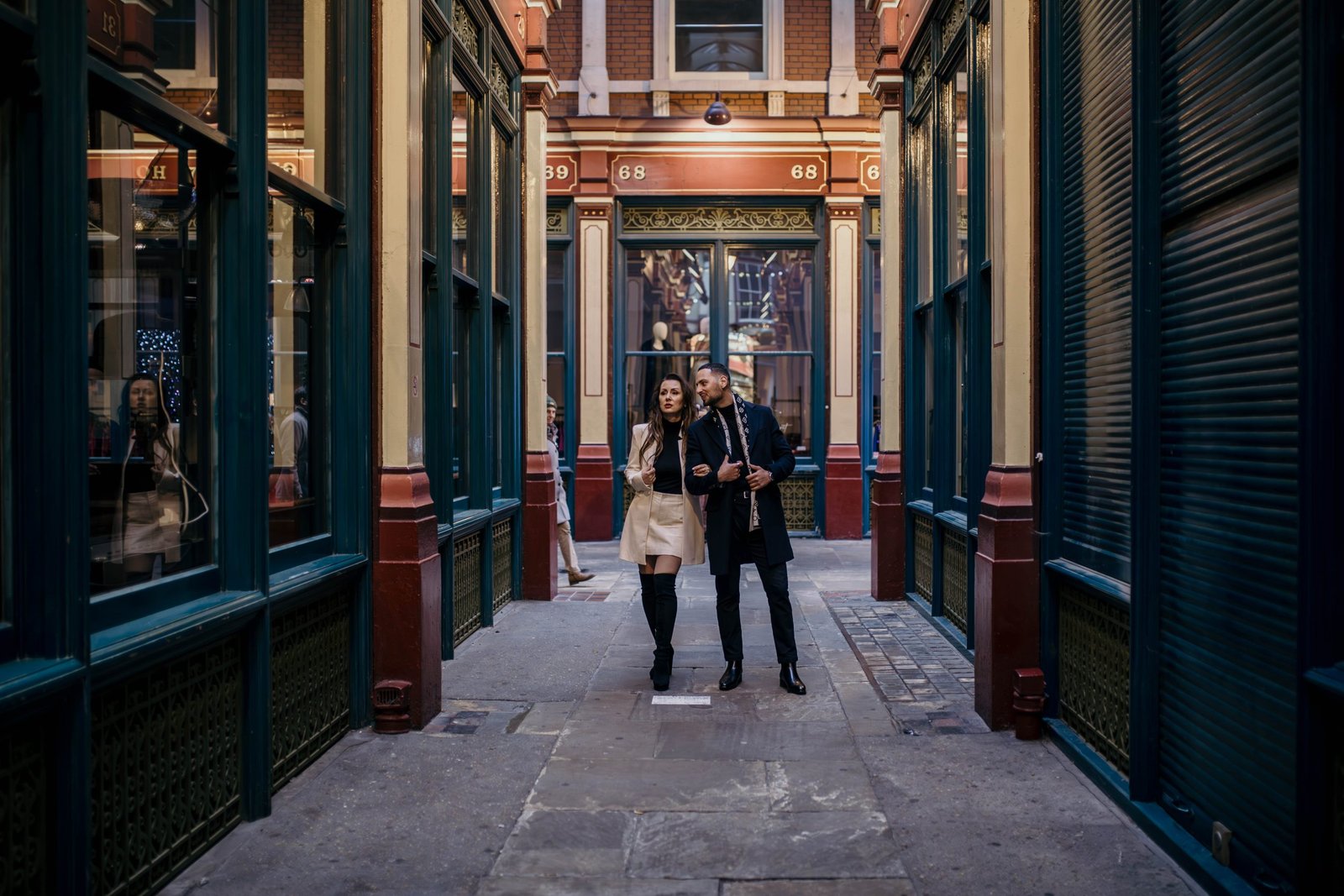
8 Essential Wedding Moments to Capture
Shop Your
Lightroom Presets Here!

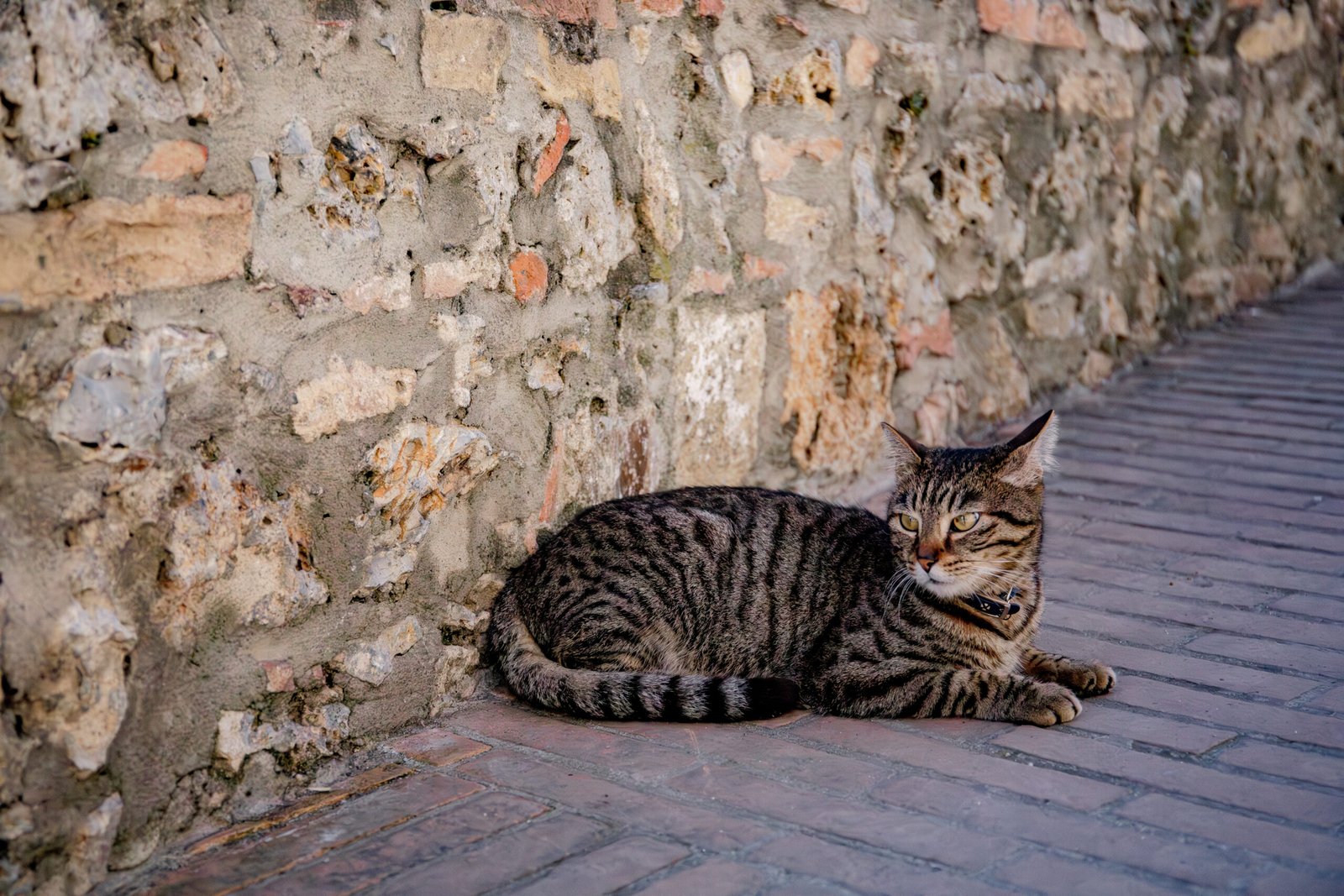

3. Build a Visual Language (Mood Boards That Speak)
Now that you’ve defined your vision, it’s time to make it tangible. A mood board isn’t just for aesthetics, it’s your creative blueprint.
Include:
- Color palettes (earth tones? pastel brights? black on black?)
- Textures (linen, silk, dry florals, reflective surfaces)
- Model poses (static vs movement-based, cinematic vs editorial)
- Lighting references (moody chiaroscuro? dreamy backlight? harsh flash?)
- Style direction (hair, makeup, wardrobe layering, accessories)
- Environment (lush, minimal, structured, wild)
Platforms like Pinterest and Canva make it easy to organize and share with collaborators. The clearer your vision, the easier it will be for everyone to align with it.
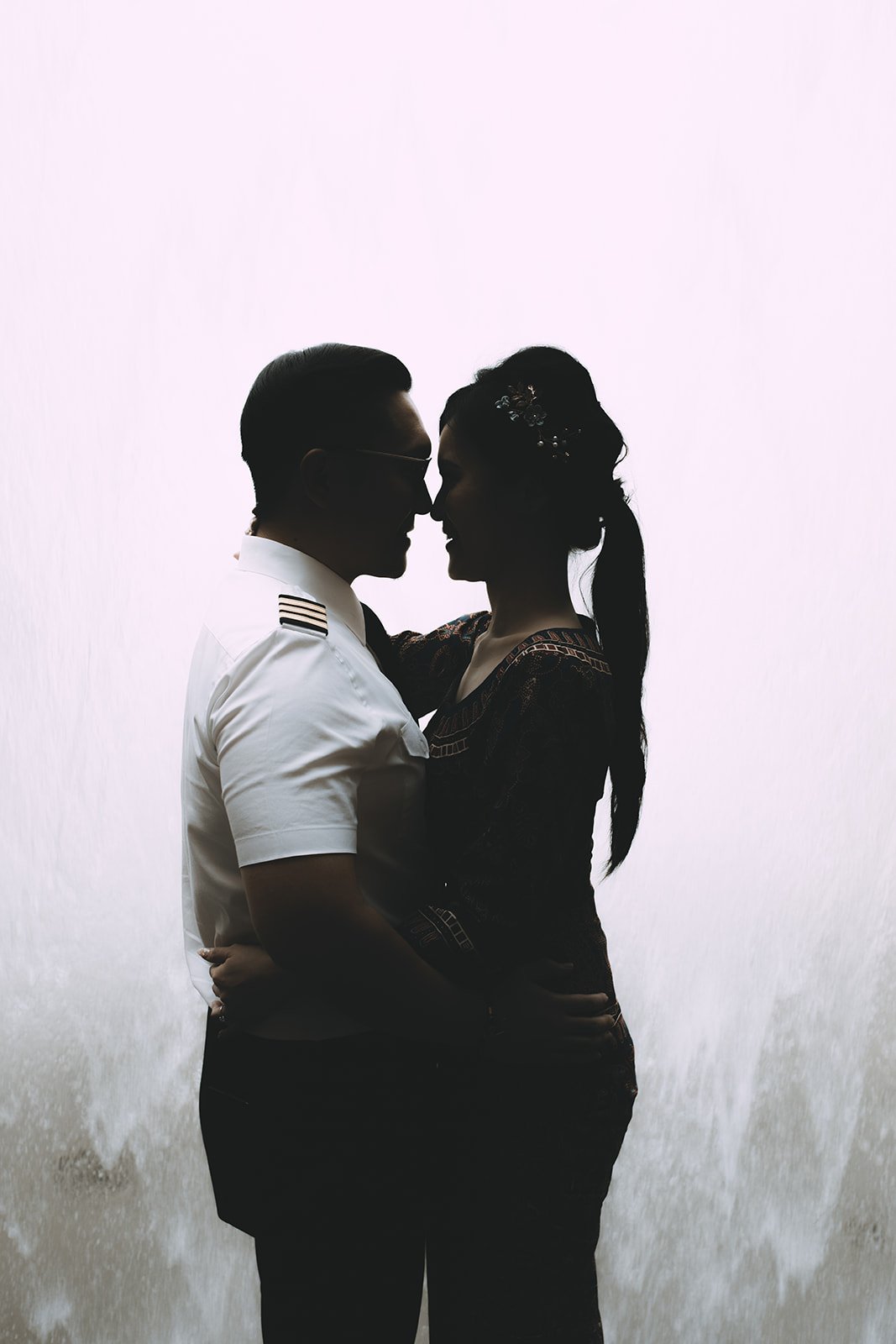
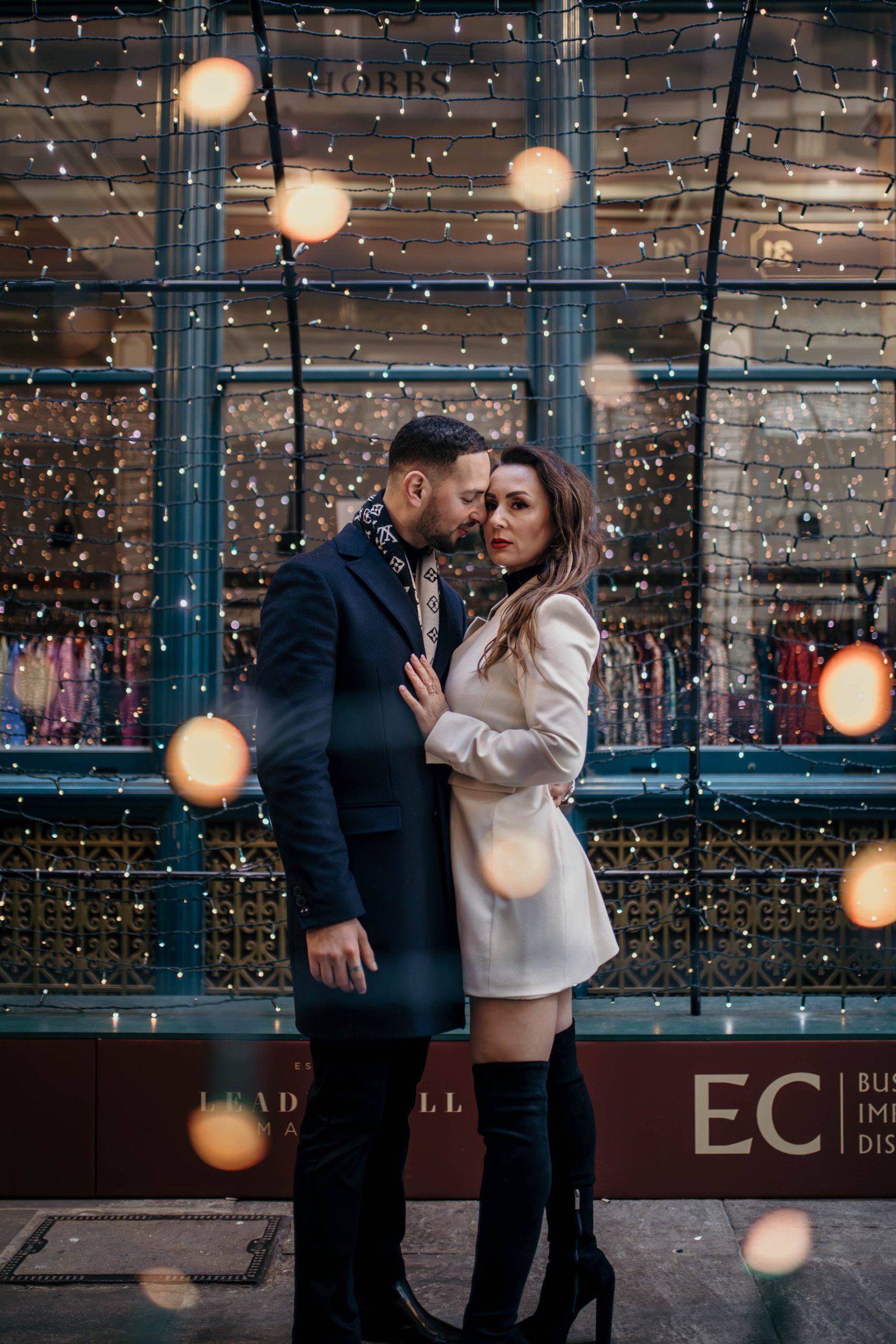


4. Scout Your Location (And Know the Rules)
Your setting matters. Whether it’s a sun-drenched balcony, a stormy shoreline, or a Parisian-inspired apartment, it must complement your theme—without overpowering it.
Public vs Private:
- National parks may allow shoots with minimal gear, but check if a permit is required.
- Cafés, studios, or boutique hotels often allow collaborations, especially if you offer them social media coverage or image licensing.
- For overseas or remote shoots, research local regulations. Some countries require explicit permits for commercial-style shoots, even on public land.
Public vs Private:
- Will there be electricity, bathrooms, or shelter if it rains?
- Is the location accessible for hair/makeup teams or stylists?
- What time of day gives you the light you’re after?
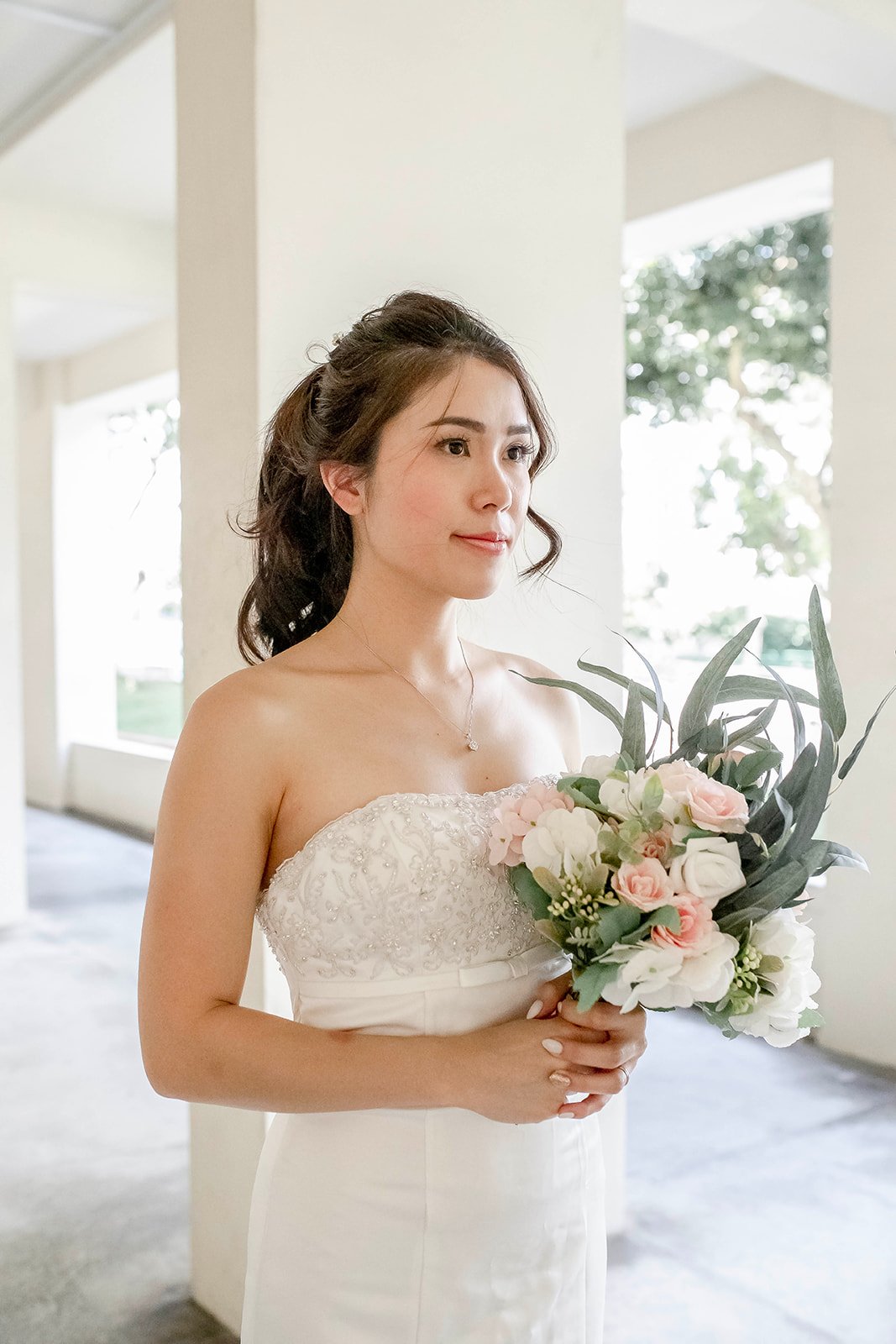



5. Curate Your Dream Team
Styled shoots thrive on collaboration. This is your chance to build relationships with other creatives, experiment with new styles, and support each other’s portfolios.
Start with these core categories:
- Photographer & Videographer
- Florist
- Hair & Makeup Artist
- Wardrobe Stylist or Designer
- Venue or Space Host
- Prop Stylist or Rentals
- Invitation Designer or Calligrapher
- Cake or Food Stylist
- Models (agency or freelance)
Send a clear, professional email outlining:
- Your theme and mood board
- Shoot details (date, time, location)
- What they will get in return (credit, usage rights, exposure, etc.)
- Your expectations and timelines
Tip: Always confirm expectations regarding usage, tagging, and turnaround. Respect your team’s time and artistry.
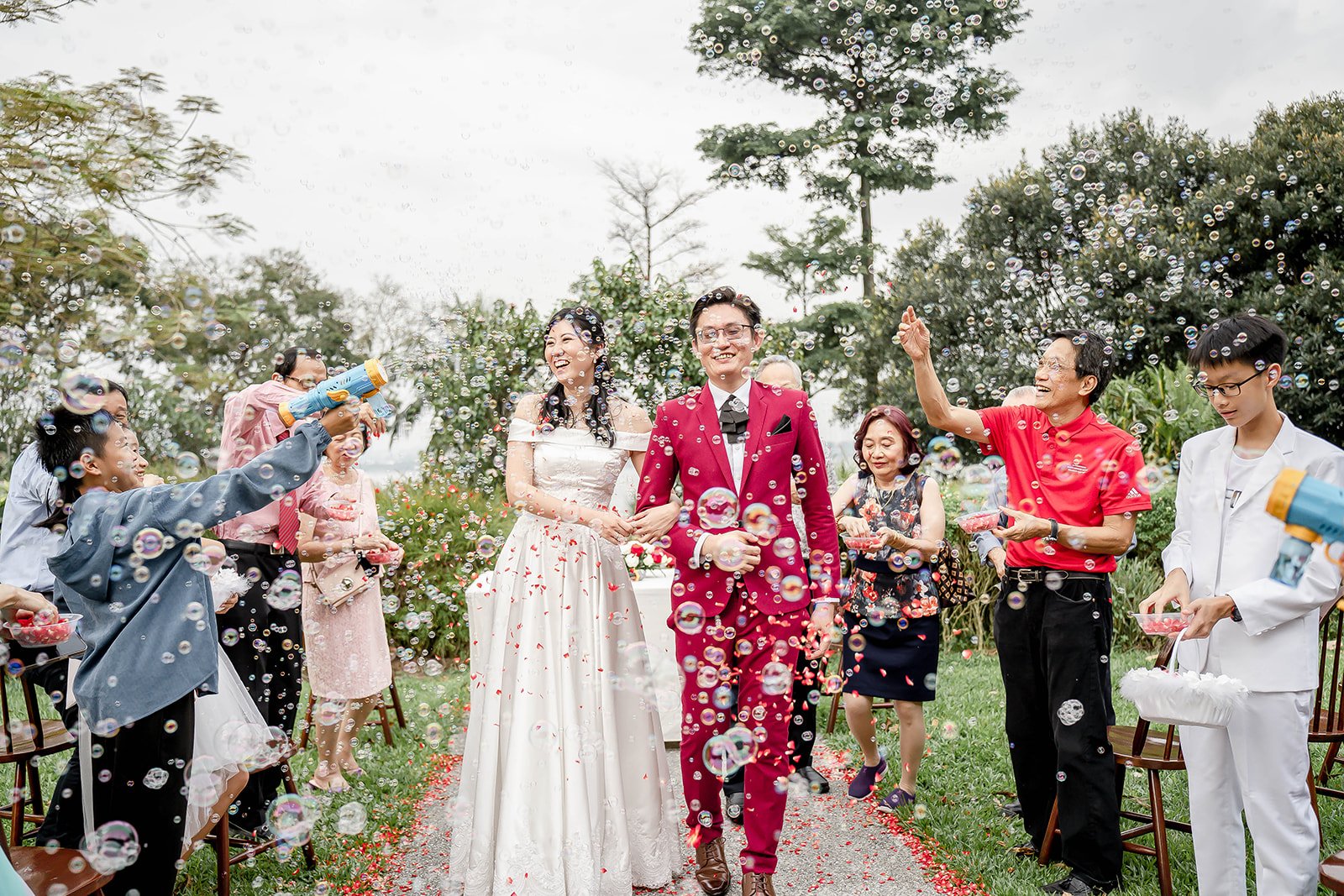
6. Plan the Shoot Day (And the Days Before)
Now that your concept and team are ready, it’s time to plan the timeline. Styled shoots may not have the time pressures of a real wedding, but they still benefit from structure.
Create a rough timeline that includes:
- Set-up and styling time
- Hair and makeup slots
- Key shot lists and transitions
- Golden hour if relevant
- Breaks for the team (hydration is not optional!)
Prepare a packing list that includes:
- Emergency kits (safety pins, scissors, tape)
- Backups of props or accessories
- Extra batteries and SD cards
- Permission letters or permits
- Printed mood board for on-site reference
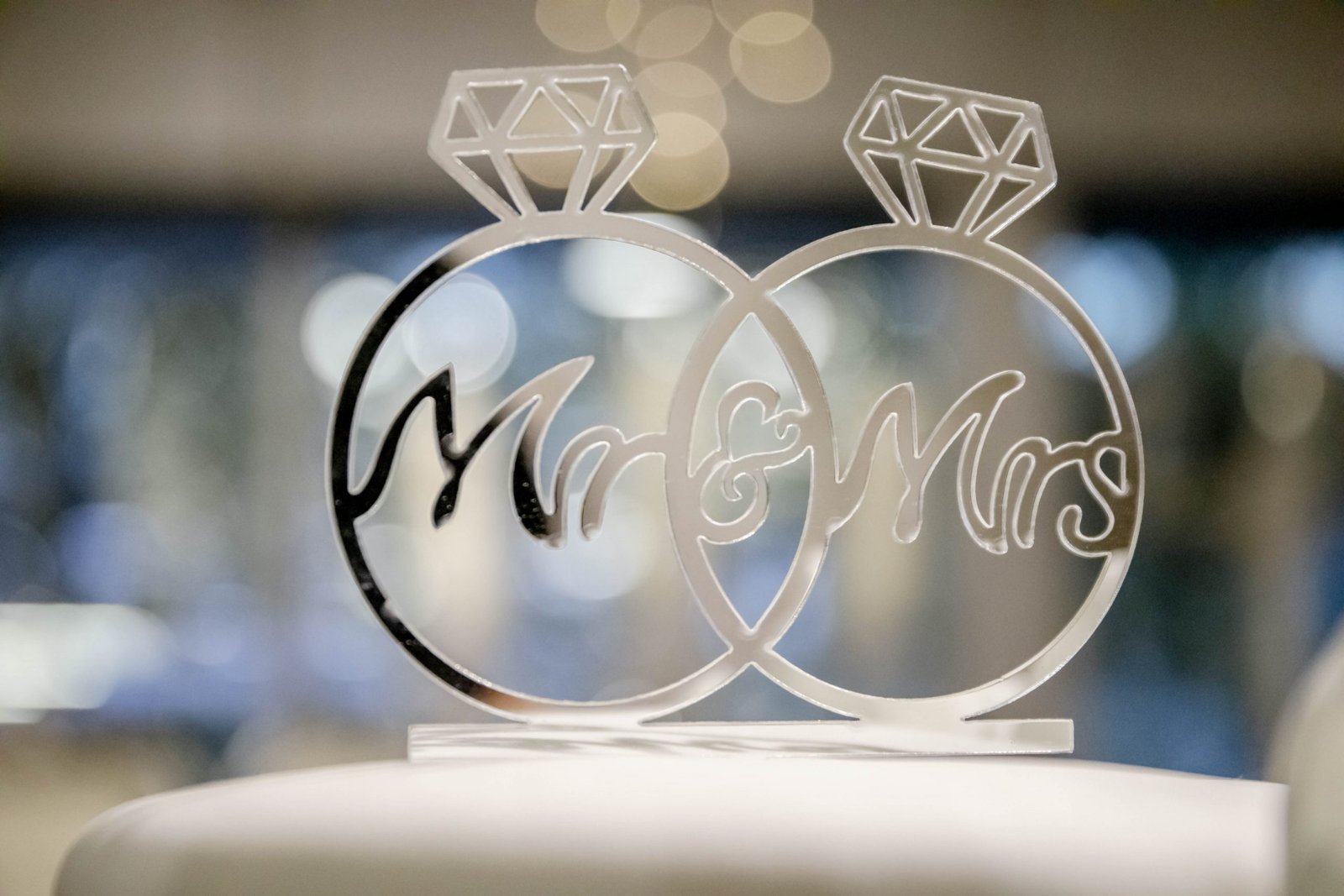
7. Tell the Story Through Details
Styled shoots shine when the small things feel as intentional as the big ones.
Capture:
- Flatlays of stationery on complementary textures
- Close-ups of floral stems or hands brushing against fabric
- Food or drink styling to match your palette
- Architectural details or natural elements that frame your scene
- Candid in-between shots that feel alive, not staged
Every element should support the visual story you’re trying to tell. Don’t just document, direct. Don’t just shoot, shape the frame.




8. Post-Production & Credit Etiquette
The shoot doesn’t end when the camera clicks. After the images are delivered, plan how to roll them out.
- Create a collaborative folder for vendors to access watermarked and web-safe versions.
- Clarify crediting rules and preferred handles in advance.
- Submit to blogs or magazines if editorial publication is the goal, ensure exclusivity agreements are honored.
- Tag generously when posting. Community over competition.
If you’re the lead organizer, send a thank-you email and tag reel after launch. Gratitude is good karma.
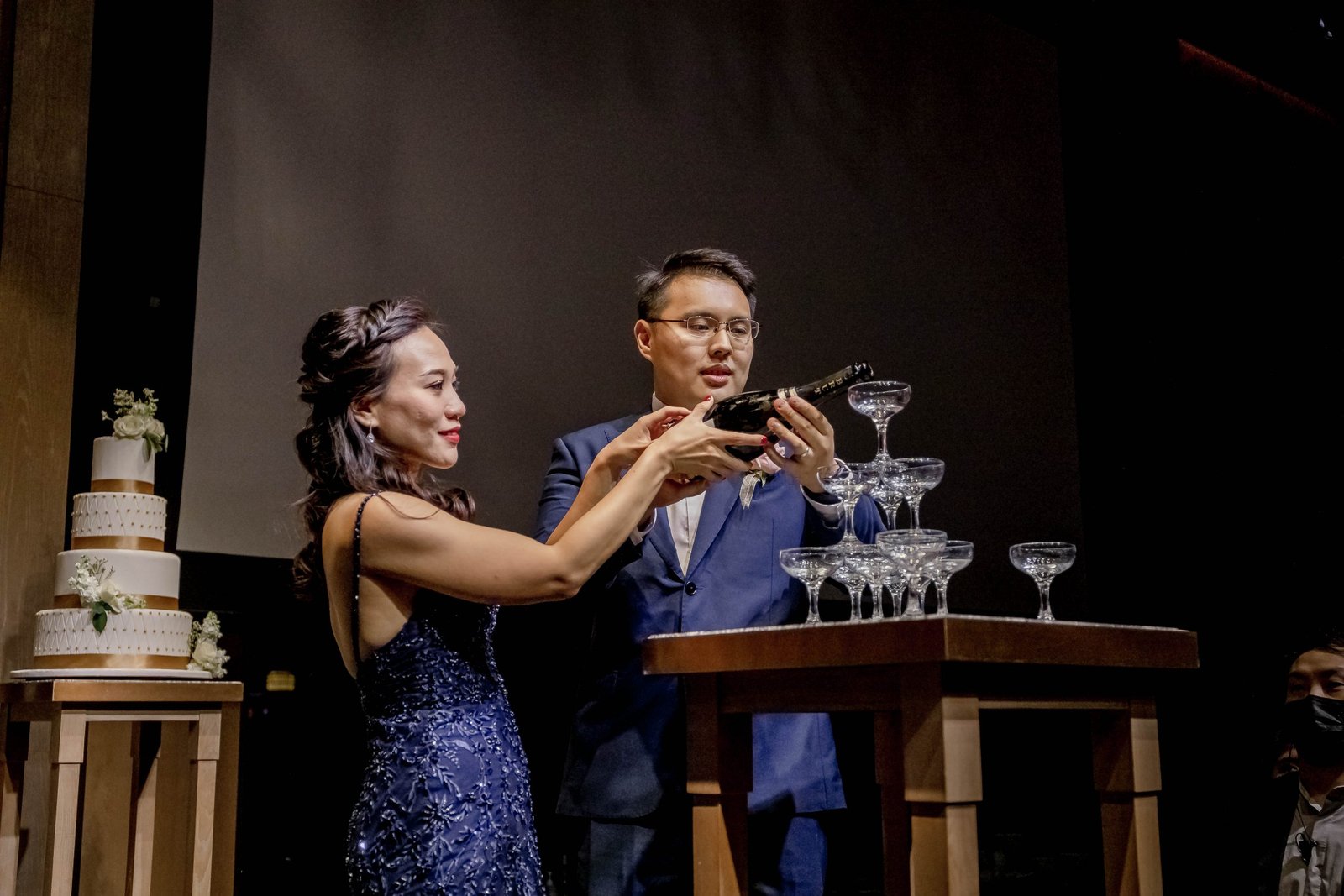
Final Thoughts: Styled Shoots Are a Canvas, Not a Checklist
A successful styled shoot is not about checking boxes. It’s about capturing mood, movement, and magic. It’s about telling a visual story that resonates deeply with your creative soul and the audience you’re trying to reach.
Styled shoots teach you how to lead, collaborate, direct, and edit. But more than that, they remind you why you fell in love with storytelling through imagery in the first place.
Capturing imaginations
Follow Along On Instagram!
hello@veramorgana.com
Singapore (+65)8058 7328

